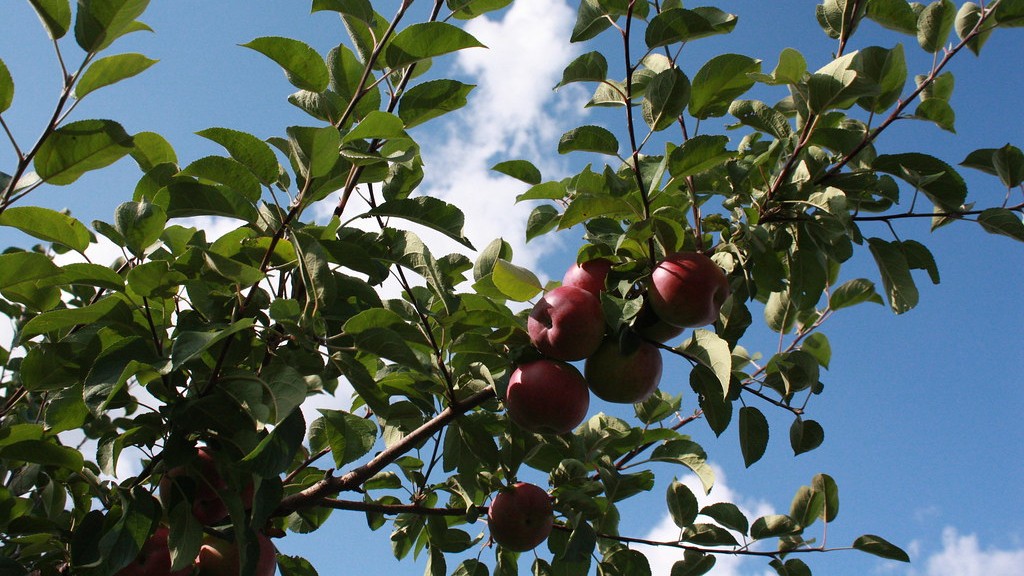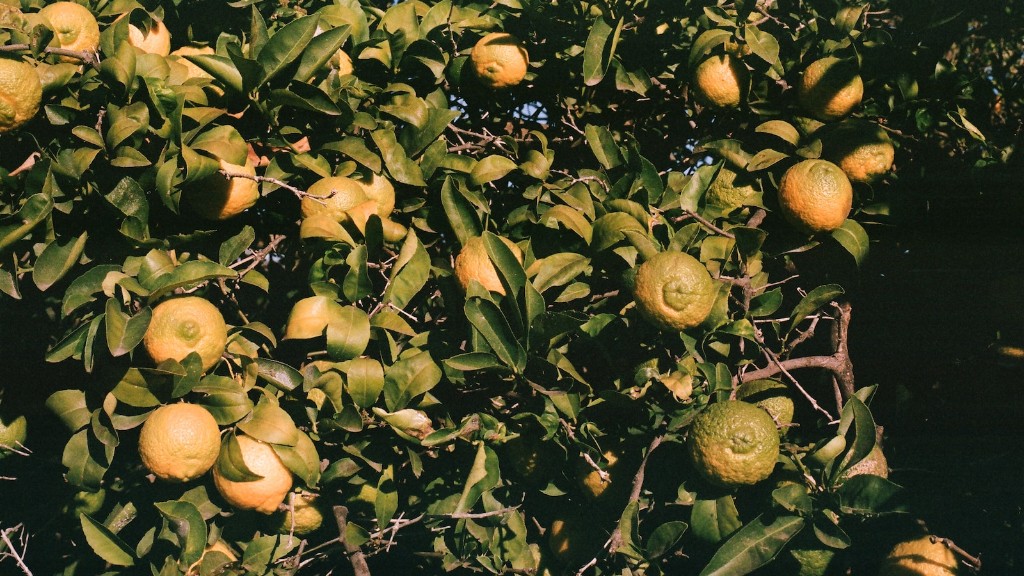When people think of palm trees, they usually picture the iconic fan-like fronds of the typical palm; however, a hurricane cut palm tree looks much different. A Hurricane Cut palm tree features a sharp, clean trunk and an off-center crown that makes for an eye-catching, unique shape.
A hurricane cut palm tree is so called because it is trimmed to withstand hurricane-force winds. Most palms tend to have an intricate canopies of arching fronds. In high winds, these fronds act like sails, catching the wind and causing the trunks of the trees to bend or snap. To prevent this, the fronds of a hurricane cut palm tree are systematically and selectively cut off, reducing the sail effect and allowing the tree to endure high winds.
In addition to creating a structural advantage in high winds, a hurricane-cut tree can also improve the look of a garden or landscaping even in calmer conditions. A hurricane-cut palm’s off center crown gives it a sculptural shape that is attractive to look at and helps it stand out from more traditional fan-shaped palm trees.
Unfortunately, it is important to keep in mind that a hurricane cut palm tree cannot withstand winds that are too high, even with its trimmed canopy. If a storm is powerful enough, it can cause a hurricane-cut palm tree to uproot and topple over, becoming a potential safety hazard.
Deciding whether or not to go for a hurricane cut palm tree should be a careful consideration, as the trimming process should always be performed by experienced professionals and the tree should be inspected frequently for the health of its root system and for pest or disease problems.
Fertilizing
Fertilizing is an important aspect when it comes to caring for a hurricane cut palm tree. Just like other types of palm trees, a hurricane cut palm tree needs to be fertilized regularly to remain healthy. Ideally, a palm tree should be fertilized four times a year, although some climates may need less frequent fertilizing. The best fertilizers for palm trees are slow-release formulas specially designed for palms.
How much fertilizer to use and how often to apply it will depend on the environment and the type of palm tree. If a palm is getting too much fertilizer, it can make it susceptible to nutrient toxicity and can even kill it. Be sure to always monitor the amount of fertilizer used and consult with an expert if needed.
The best time to fertilize a palm tree is in spring, as this is when the tree is beginning its growing season. When fertilizing, it is important to make sure that the fertilizer is spread evenly around the tree’s root system and that no fertilizer is allowed to accumulate near the tree’s trunk.
Pruning
Pruning is an important part of maintaining a hurricane cut palm tree. Pruning helps to ensure that the tree remains healthy and strong and that its growth remains under control.
Pruning should be done at least once a year and should focus on the removal of dead or damaged fronds and stems. Pruning should never be carried out too frequently or too severely, as this can weaken the tree’s root system.
When pruning a hurricane cut palm tree, it is important to only remove the fronds and stems that are most obviously dead or damaged. Pruning too much could cause the tree to become imbalanced and weaken its root system.
It is also important to be aware of any pests or diseases that may be affecting the tree. Over-pruning can make the tree more vulnerable to fungus and other diseases caused by insects.
Pest Control
Pest control is an important part of caring for a hurricane-cut palm tree. There are many different types of pests that can affect palm trees and they can cause serious damage if left unchecked.
One of the most common pests is the palm weevil; this insect lays its eggs in the roots and stems of the tree and their larvae tunnel through the tree and feed on the flesh of the tree. It is important to take steps to prevent palm weevil infestations as soon as possible.
Other pests include scale insects and aphids, which can also cause serious damage to palm trees. In order to prevent leaf and bark damage from these insects, it is important to inspect the tree on a regular basis and take steps to control any infestation as soon as it is spotted.
One way to prevent pest infestations is to use natural bait, such as pheromone traps. These traps attract insects and are less harmful to the environment than chemical pesticides. It is important to be aware of the type of pest and the most effective bait to use.
Watering
Watering is a crucial part of caring for a hurricane cut palm. As with other types of palm trees, it is important to water the tree regularly and deeply to ensure the health of its root system. In general, a palm tree should be watered once a week, although this may vary depending on climate and the type of soil in which the tree is grown.
It is also important to note that over-watering can quickly lead to root rot and other issues, so care should be taken to ensure that the tree is not getting too much water. During the summer months, it is particularly important to be careful with watering, as too much water in hot weather can cause stress and damage to the palm tree.
It is also important to remember to water the area around the tree as well as the base of the trunk. This can help to prevent the tree from becoming rootbound, which can lead to dieback. Watering the area around the tree can also help to prevent other plants and weeds from becoming too invasive.
Sun Protection
One of the most important aspects of caring for a hurricane-cut palm tree is to ensure that it is adequately protected from the sun. Sun exposure can cause scorched leaves and fronds, and if the tree is exposed to too much sun it can become weak and stressed.
It is important to choose a location for the tree carefully, avoiding any areas that are exposed to direct sunlight for long periods of time. If possible, it is best to locate the palm tree in an area that is partially shaded, or in a spot that gets morning sun but is shaded from the afternoon sun.
If the tree is in a location where it cannot be shaded, it is important to take steps to protect it from the sun. This could include using shade cloth or other types of netting to cover the tree, or spraying the tree with sun-protecting sprays.
It is also important to be aware of any nearby plants or trees that may be shading the palm tree. If a nearby tree or plant is blocking too much sunlight, it may be necessary to prune it back to allow the hurricane cut palm to get the sun it needs.




